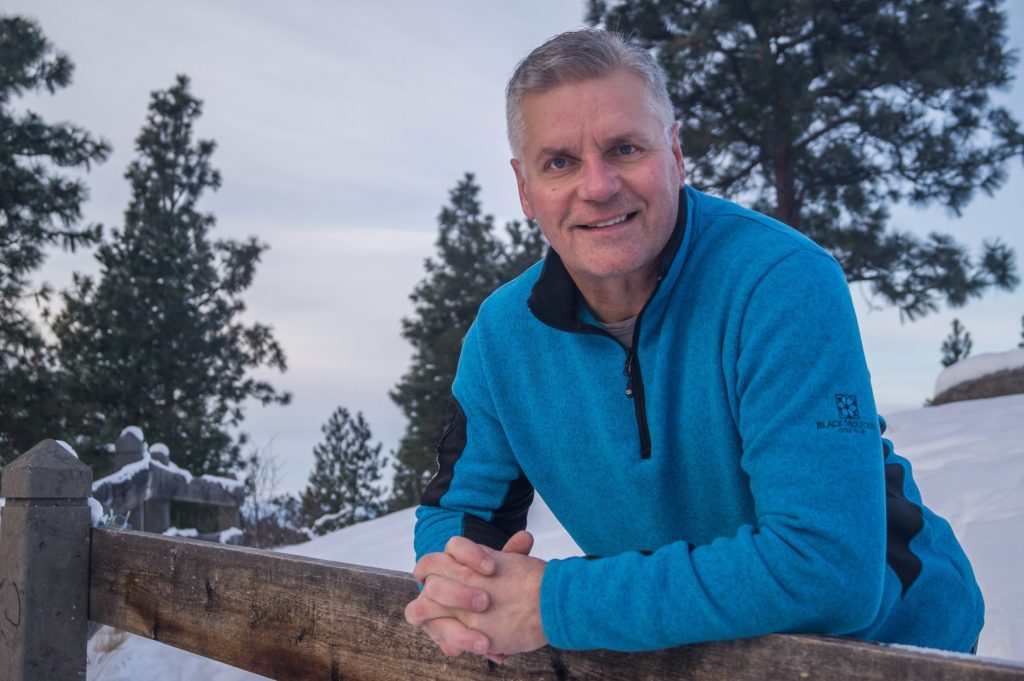So far in this blog series you have gained clarity on the change you want, you have made the commitments to self that will sustain you along that path and you have established some new behaviors and habits. At least that is what I hope you have done, because change will never happen unless you take action and do something different.
A fourth step is to make sure the strategy you are implementing to create the change you want is realistic and doable.
I often see individuals get excited about initiating a life change, then set goals that are unrealistic. Once you are clear about the change you want, make sure you establish doable steps on your way to the outcomes you want.
More is not necessarily better
Any time I have set my mind to creating change, I generally try to accomplish the desired results as quickly as I can. When it comes to my health and especially exercise, I have an old mindset that tells me that I have to push myself to the limit to achieve the change I want. I will keep upping my workload until I almost break myself, and sometimes, that is exactly what I do. I injure myself and am unable to exercise for weeks and sometimes months.
Find your sweet spot
We have all heard the adage, ‘work smarter, not harder.’ Well, that is true pretty much with everything we do. I have an “optimum more,” when my desire to do more becomes counter-productive.
My example for this principle comes from Malcolm Gladwell’s book “David and Goliath.” His premise is that there is a point where doing more or having more is counterproductive and harmful to your desired outcome. This is called the principle of diminishing marginal returns. Gladwell utilizes an inverted-U curve to illustrate his point. One of his fun examples of this inverted-U curve is seen in the relationship between alcohol consumption and health. In his words,
“if you go from not drinking at all to drinking one glass of wine a week, you’ll live longer. And if you drink two glasses a week, you’ll live a little bit longer. And, if three glasses a little bit longer still – all the way to about seven glasses a week. (These numbers are for men, not women.) That’s the upslope: the more the merrier. Then there is the stretch from say, seven to fourteen glasses of wine a week. You’re not helping yourself by drinking more in that range. But you’re not particularly hurting yourself either. That’s the middle part of the curve. Finally, there’s the right side of the curve: the downslope. That’s when you get past fourteen glasses of wine a week and drinking more starts to leave you with a shorter life. Alcohol is not inherently good or bad or neutral. It starts out good, becomes neutral, and ends up bad.”
So; there is an optimum point in the upslope where I derive maximum benefit from what I am doing. I call that my sweet spot. It is the place where I want to hang out, whether I am drinking wine or exercising or eating or working etc. Once I find that sweet spot as it relates to every area of my life I will experience the health and happiness I seek. The way that I know I have arrived at that place is the internal peace I feel. I know I have not arrived at the sweet spot when I feel overwhelmed, anxious or constantly stressed. Those feelings are what communicate clearly to me that I need to change some things up in my life.
Work up to your goals in stages
Reflecting again on the health program that Christine and I embarked on over the past few months, the steps we took actually happened in stages. This past year we have been faithfully getting out on our hikes, however, the hikes exposed issues we both had with our health that needed attention. My joints and muscles were really rebelling when we upped the workload. Over the past couple of months I have been taking medication for my very acidic joints, which has made a huge difference. I also began to take some supplements that I think have helped my muscles. Almost at the same time we changed our diet and rid ourselves of a lot of the sugar and wheat in our diet. The weight loss has been great for the appearance, but more importantly, my flexibility and ease of movement has really improved. The final thing that we added to our plan was a personal trainer. He is helped us to strengthen muscle and build endurance. To attempt all of these changes at one time was not realistic or doable. It would have felt overwhelming and it would have taken us to the counterproductive downslope of our efforts.
Ask yourself, “am I living in my sweet spot, and if not, what do I need to do to find it?”
Terry



